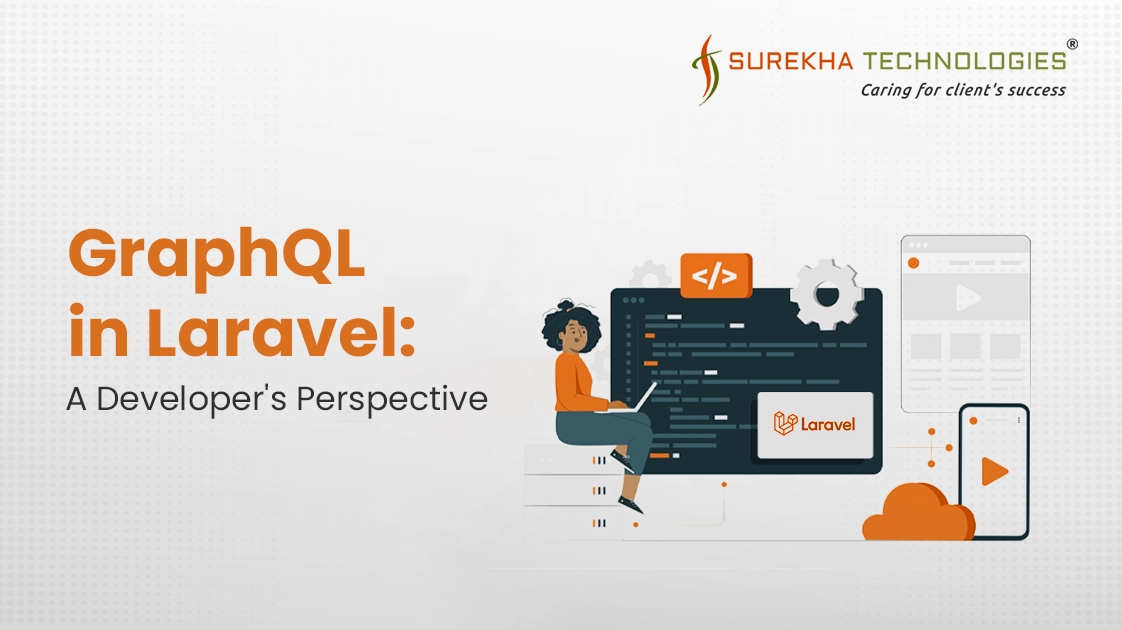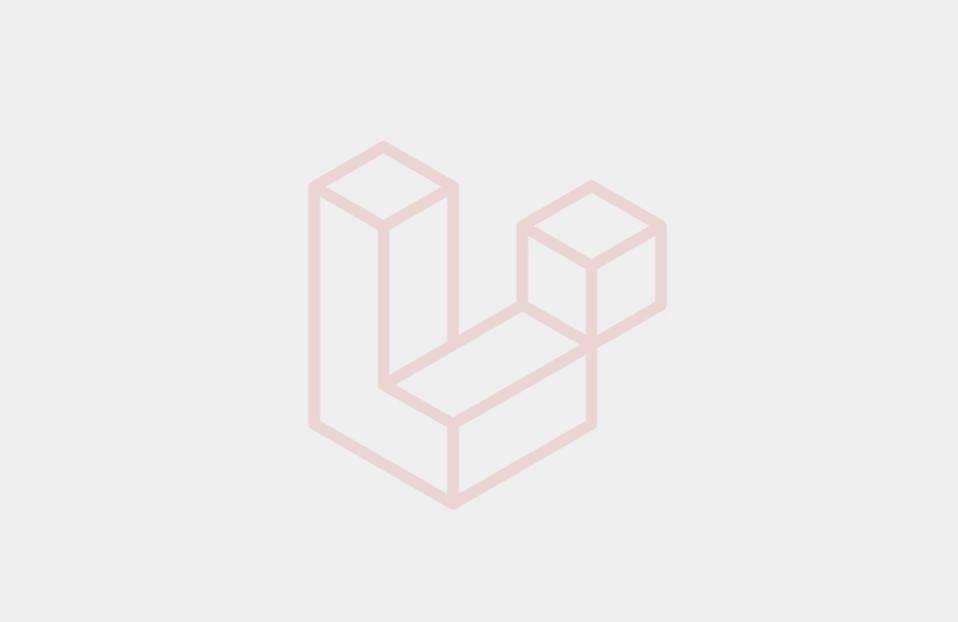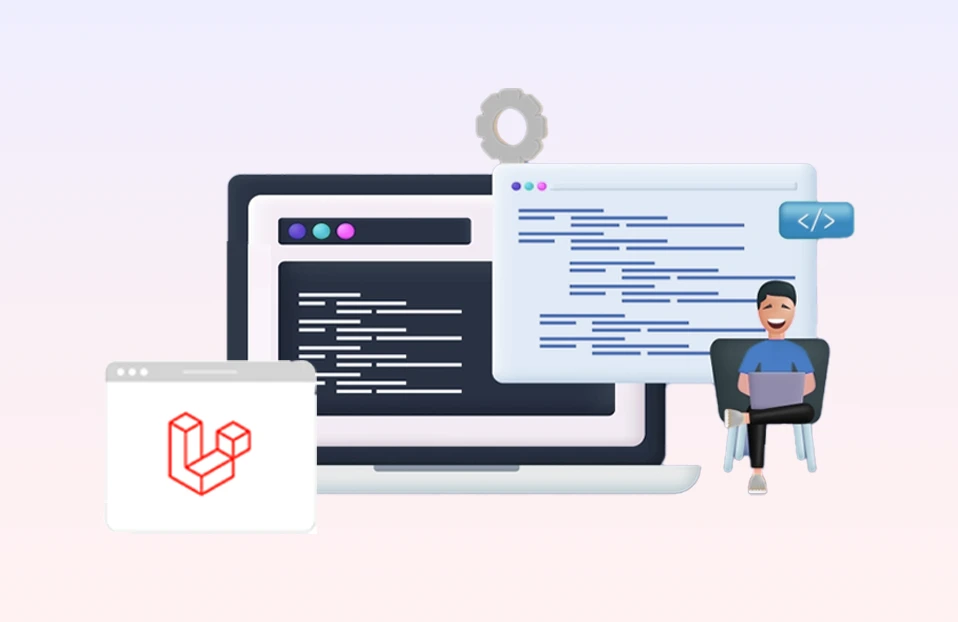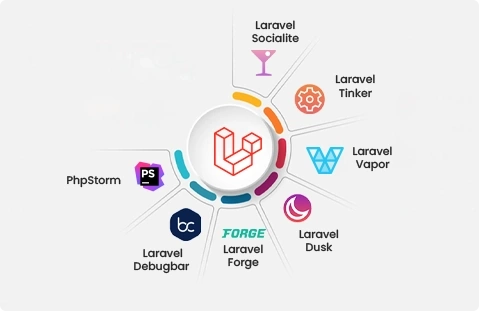What is GraphQL?
GraphQL is a query language for APIs and a runtime for executing those queries with your existing data. It allows clients to request exactly what they need and nothing more.
Key Benefits:
- Request only the data you need
- Nested and relational querying
- Single endpoint for all queries
GraphQL API Routes
Route::post('/graphql', '\Nuwave\Lighthouse\Support\Http\Controllers\GraphQLController@query')
->middleware([
\Illuminate\Http\Middleware\HandleCors::class,
]);
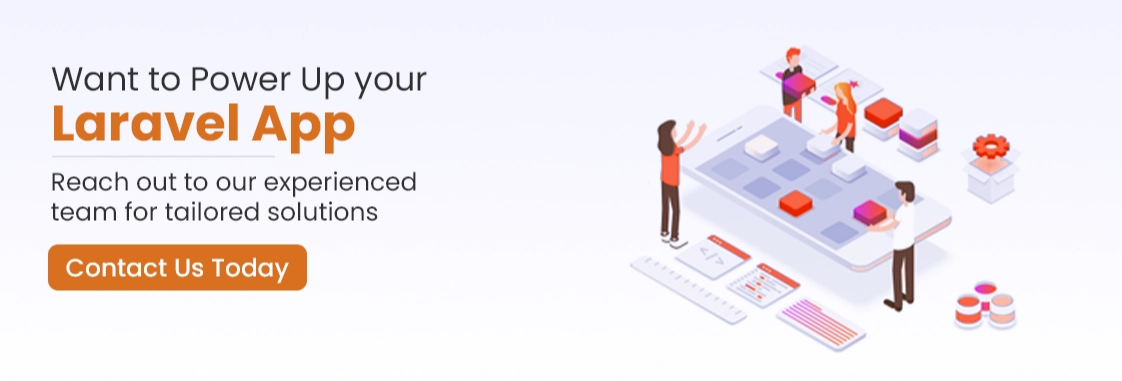
GraphQL Schema for Blog System
Here's the GraphQL schema we used for our Laravel blog project:
scalar Upload
type User {
id: ID!
name: String!
email: String!
posts: [Post!]! @hasMany
}
type Post {
id: ID!
title: String!
description: String!
user: User! @belongsTo
images: [Image!]! @hasMany
}
type Image {
id: ID!
image: String!
post: Post! @belongsTo
}
type Query {
users: [User!]! @all
posts: [Post!]! @all
images: [Image!]! @all
getPostById(id: ID!): Post @field(resolver: "App\\Http\\Controllers\\PostController@getPostById")
}
type Mutation {
createUser(name: String!, email: String!, password: String!): User @create
createPost(
title: String!,
description: String!,
user_id: ID!,
image: Upload!
): Post @field(resolver: "App\\Http\\Controllers\\PostController@createPost")
updatePost(
id: ID!,
title: String,
description: String,
user_id: ID,
images: [Upload]
): Post @field(resolver: "App\\Http\\Controllers\\PostController@updatePost")
deletePost(id: ID!): Boolean @field(resolver: "App\\Http\\Controllers\\PostController@deletePost")
}
Custom Scalar for Upload
class Upload extends ScalarType
{
public function __construct() {
parent::__construct([
'name' => 'Upload',
'description' => 'The `Upload` scalar type represents a file upload.'
]);
}
public function serialize($value) {
return $value;
}
public function parseValue($value) {
return (new LighthouseUpload())->parseValue($value);
}
public function parseLiteral($valueNode, array $variables = null)
{
throw new \Exception('Upload cannot be passed as a literal.');
}
}

GraphQL Controller Methods
Create Post
public function createPost($root, array $args)
{
$post = Post::create([
'title' => $args['title'],
'description' => $args['description'],
'user_id' => $args['user_id']
]);
if ($args['image']) {
$imagePath = $args['image']->store('post_images', 'public');
Image::create([
'image' => $imagePath,
'post_id' => $post->id
]);
}
return $post->load('images');
}
Update Post
public function updatePost($root, array $args)
{
$post = Post::findOrFail($args['id']);
$post->update([
'title' => $args['title'],
'description' => $args['description'],
'user_id' => $args['user_id']
]);
if (isset($args['images']) && is_array($args['images'])) {
foreach ($args['images'] as $imageFile) {
$path = $imageFile->store('post_images', 'public');
Image::create([
'image' => $path,
'post_id' => $post->id
]);
}
}
return $post->load('images');
}
Delete Post
public function deletePost($root, array $args)
{
$post = Post::findOrFail($args['id']);
foreach ($post->images as $image) {
Storage::disk('public')->delete($image->image);
$image->delete();
}
return $post->delete();
}
Get Post by ID
public function getPostById($root, array $args)
{
return Post::with(['images', 'user'])->findOrFail($args['id']);
}
Why use $root and $args?
- $args contains the actual input values sent by the client.
- $root is useful when resolving nested fields but is usually null at the top level.
Success Story of Laravel Migration
In one of our recent projects, we successfully migrated a client’s legacy Core PHP application to Laravel, delivering significant improvements in performance, scalability, and security. Our team revamped the application architecture, optimized database operations, and elevated the overall user experience—ensuring business continuity with zero downtime.
- Challenge: An outdated Core PHP system with limited scalability and growing maintenance overhead.
- Our Solution: A comprehensive Laravel migration to modernize the tech stack, boost performance, and future-proof the application.
- Result: Improved security, faster application speed, and enhanced code maintainability.
Read More: Migration from Core PHP to Laravel.
Conclusion
GraphQL offers a powerful and flexible way to interact with APIs, especially when dealing with complex, relational data structures like users, posts, and images. As part of our Laravel Web Development Services, integrating GraphQL into Laravel projects using Lighthouse can significantly simplify data fetching while enhancing performance by reducing over-fetching and under-fetching.
Whether you're building a simple blog or a large-scale enterprise application, our Laravel Development Services ensure a seamless GraphQL integration that makes your backend more efficient and your frontend more responsive. With a single endpoint and a strongly typed schema, GraphQL empowers developers to build scalable, maintainable applications with confidence and ease.
